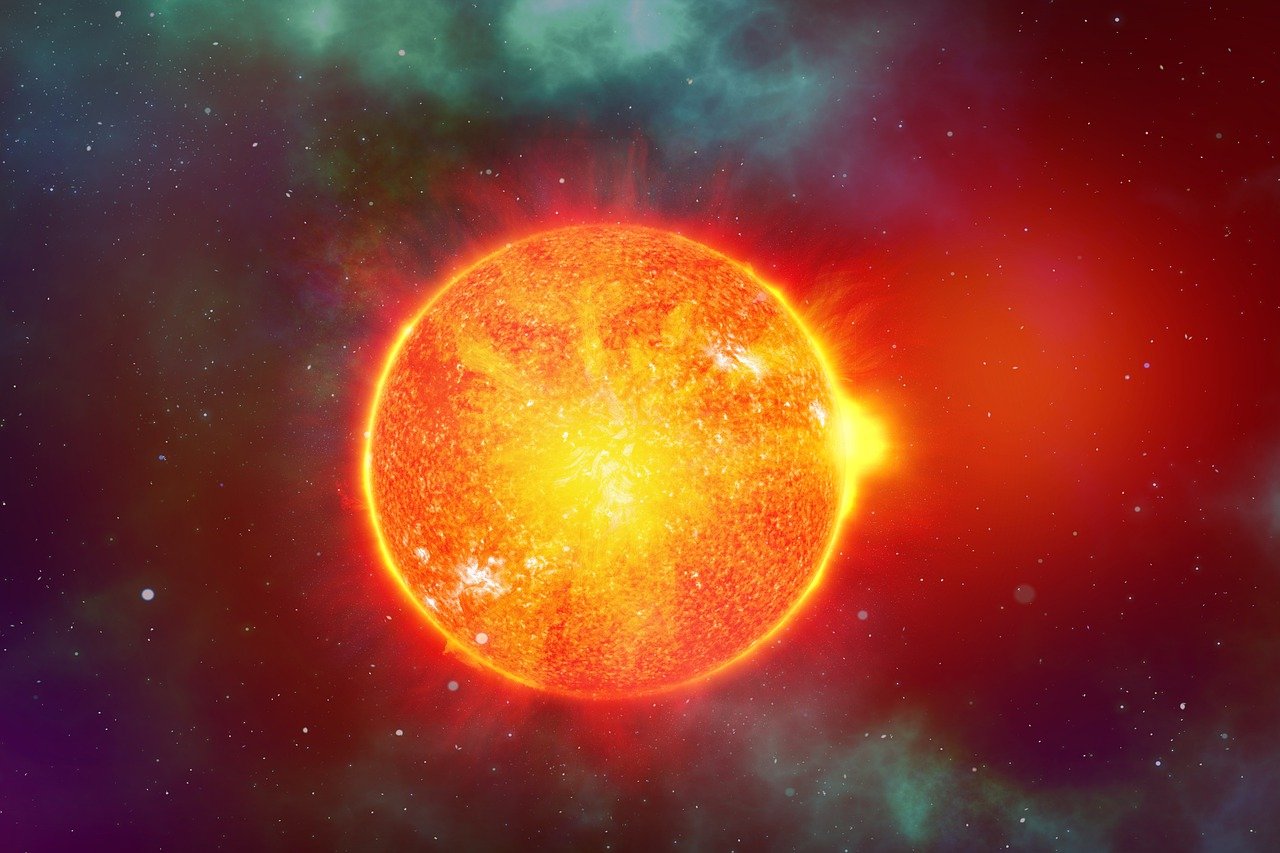On December 14, a massive eruption occurred in the Sun. A class X solar flare—the highest class such events can fall into—occurred in an active region called AR 3514. The eruption could also have an impact on Earth.
The eruption is the strongest in the current solar cycle since September 2017, when the event caused a moderate radio blackout in South America. Radio signals in the high-frequency range were completely lost for 2 hours. Other frequencies had temporary degradation.
Simultaneous coronal mass ejection
During the current solar flare, a coronal mass ejection occurred simultaneously, in which billions of tons of plasma were hurled into space. While solar flares mainly emit energy and X-rays, coronal mass ejections eject charged particles. They take around 1 to 3 days to reach the earth.
Some of these charged particles are also likely to hit the Earth. The Space Weather Prediction Center, which provides information on such incidents, has already been notified of disruptions to radio traffic with aircraft. However, there is no cause for concern: although the eruption was intense, it was not aimed directly at the Earth. The most severe effects are expected to occur on December 17.
A solar storm expected on Earth
When the charged particles hit the Earth’s magnetic field, they generate a magnetic or solar storm. These affect radio frequencies or satellite communications, for example, and particularly severe solar storms can even impact Earth’s power grid. There is also a chance that there will be more auroras in the coming days.
Satellites also have another problem. When the charged solar particles hit the atmosphere, they heat up and expand. Satellites that are at low altitude can be slowed down by this and, in the worst case, even crash. It is, therefore, necessary to carry out evasive maneuvers when such a solar storm occurs.
The solar maximum is imminent
This type of increased solar activity is fairly normal at the moment. We are just reaching the peak of its 11-year activity cycle, which means more sunspots, eruptions, and coronal mass ejections. At the cycle’s peak, the Sun’s polarity will reverse, and its activity will decrease again. It is not yet known precisely when this solar maximum will occur. Current predictions put the event between January 2024 and June 2025.
- source: futurezone.at/picture: Bild von Gerd Altmann auf Pixabay
This post has already been read 2694 times!



